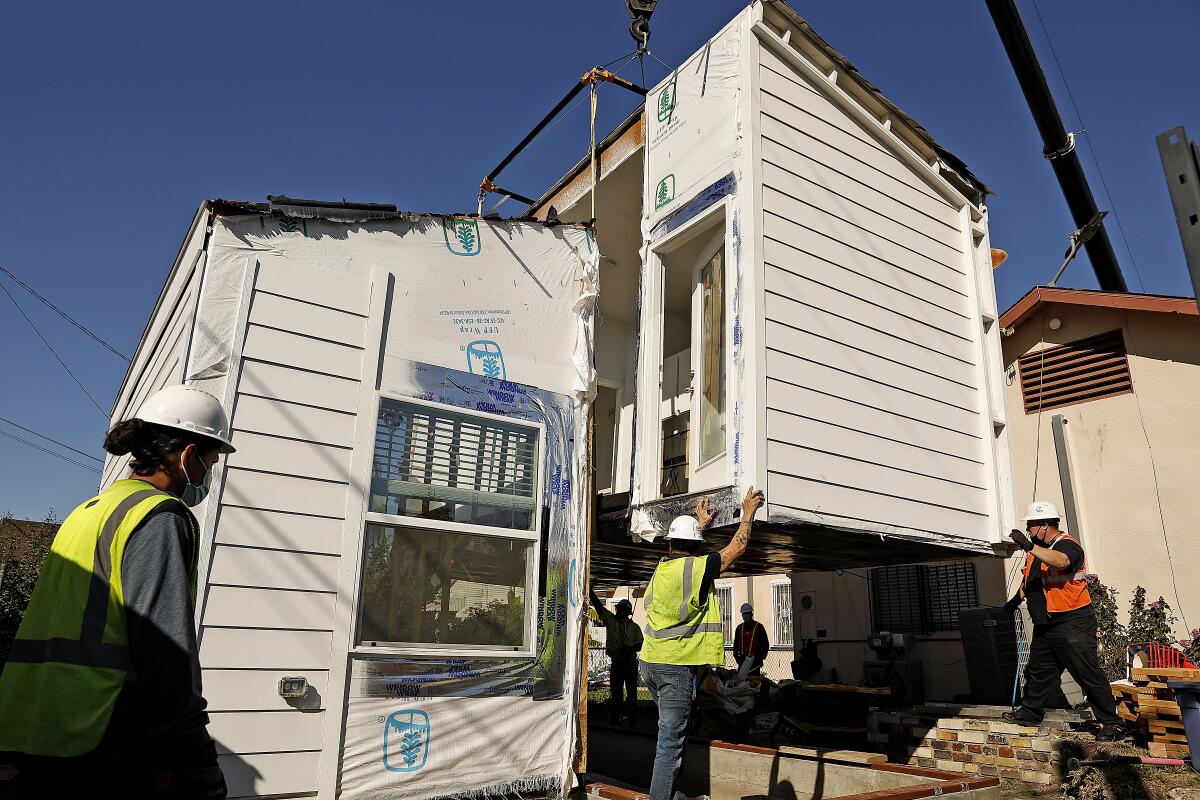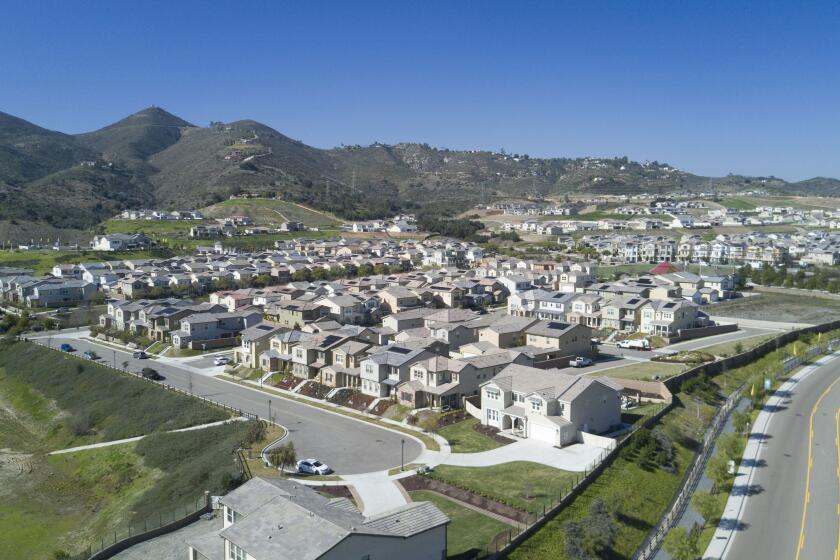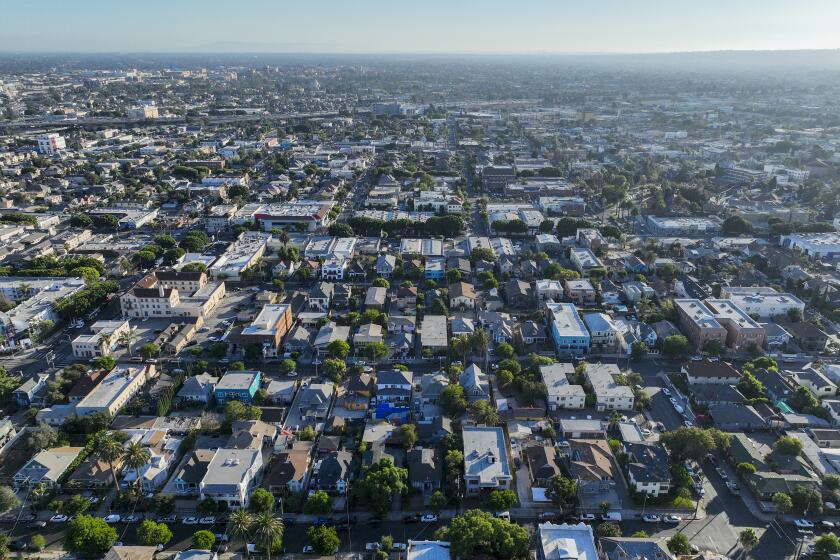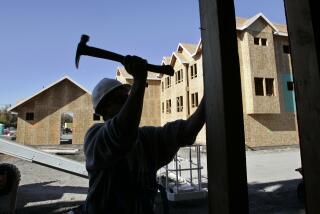Opinion: California has passed more than 100 housing laws since 2016. Are any of them working?

A slew of ambitious housing legislation has emerged recently in states as varied as Maine, Utah and Washington. Many of the proposals aim to loosen zoning restrictions with the goal of addressing housing shortages. Perhaps not surprisingly, California is mentioned in many of the resulting conversations and debates, and not in a positive light.
Policymakers and advocates elsewhere have invoked the Golden State as a warning: We must pass pro-housing policies to avoid ending up like California. One think tank in Montana went so far as to advocate repealing “California-style zoning” to make starter homes more feasible.
At the same time, however, California has become a national model among many of the same housing advocates for its recent efforts to fix past mistakes. Since 2016, state legislators have passed more than 100 housing-related laws with the intent of encouraging the construction of more affordable and market-rate homes. These laws have fundamentally changed the landscape of housing rules and regulations throughout the state and helped inspire similar reforms in other places.
A new law to allow accessory dwelling units in Maine draws on California’s example, and pending legislation in Oregon would create local housing targets similar to California’s goals for regions and cities. But even as advocates and lawmakers around the country echo our reforms, a key question remains: Are California’s new laws actually producing more housing here?
L.A., San Francisco and other cities need massive private development to supply homes and reduce homelessness. That’s why reforms like SB 9 fail.
The short answer is no. In the aggregate, despite the deluge of legislation, annual building permits have remained stubbornly stagnant at just over 100,000 homes annually for the last few years — well below the 180,000 a year state officials say we need to keep up with demand. Meanwhile, homelessness has only increased statewide, and rents and home prices remain at historic highs.
But those numbers don’t tell the whole story. And in fact, many of the recently passed laws have had a clear, positive effect.
Reforms to ease restrictions on accessory dwelling units — so-called granny flats, backyard cottages and other secondary dwellings — have led to a significant increase in this type of housing. Just six years ago, such units made up an insignificant share of home building; today, they account for 1 in 5 building permits.
Similarly, legislation streamlining California’s notoriously lengthy approval processes has helped get more housing built faster, particularly affordable and mixed-income developments. Enhancements to the state’s density bonus programs, which allow developers to add more units to a project if some are designated as below market rate, have also helped.
New legislation in Sacramento encourages urban and suburban housing while discouraging exurban sprawl that paves over wilderness and invites fires and floods.
Other changes are setting the table for significant new home construction in (we hope) the near future. Specifically, technical but critical changes to the arcane California laws and regulations that govern local housing production, such as the Regional Housing Needs Allocation, the Housing Element Law and the Housing Accountability Act, have forced cities to plan for substantially more housing in more realistic ways. These reforms have also taken away many of the tools used to delay and block approval and construction of housing.
While not necessarily headline-grabbing, all these changes signal an important shift in the ways cities and counties do their part to plan for and actively encourage new home building — as evidenced by the Los Angeles City Council’s vote this week to zone for 135,000 more units in Hollywood and downtown. And some cities have embraced this shift, treating state-level requirements as a floor, not a ceiling. San Diego, for example, has expanded on baseline accessory dwelling unit and density bonus requirements while empowering staff to embrace a culture of “yes” when it comes to getting housing approved.
California’s housing crisis should indeed serve as a cautionary tale for other states, a warning to actively increase supply before it’s too late. Despite the recent reforms, broader challenges still threaten to stymie California’s apparent progress, among them stubbornly high construction costs and uncertain economic conditions.
But even if it takes some time to realize tangible results, the important work of creating a new housing paradigm in California should not be discounted. We are finally moving in the right direction, and policymakers in other states can learn from our successes as well as our struggles.
David Garcia is the policy director of UC Berkeley’s Terner Center for Housing Innovation. Bill Fulton is a Terner Center fellow and a former San Diego planning director.
More to Read
A cure for the common opinion
Get thought-provoking perspectives with our weekly newsletter.
You may occasionally receive promotional content from the Los Angeles Times.












